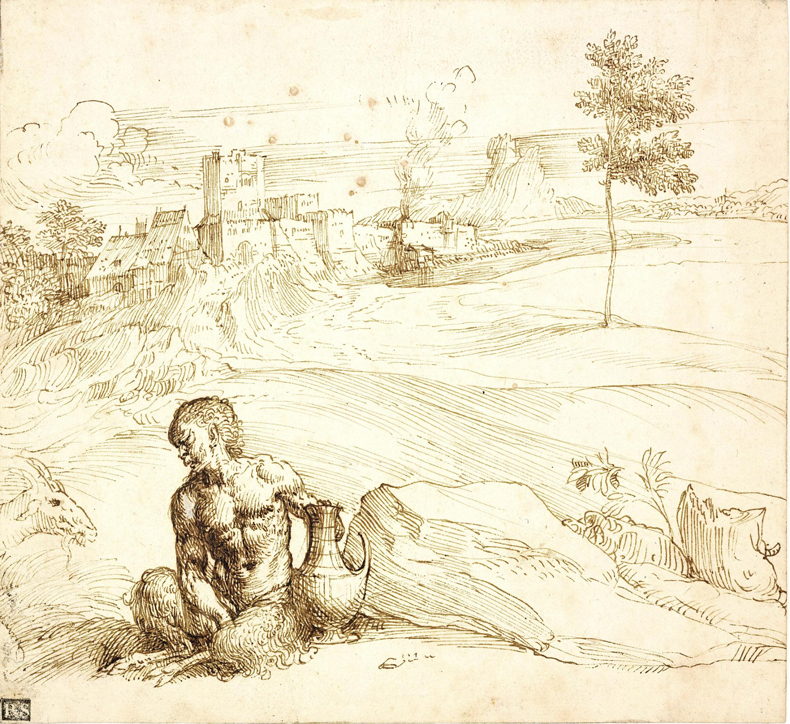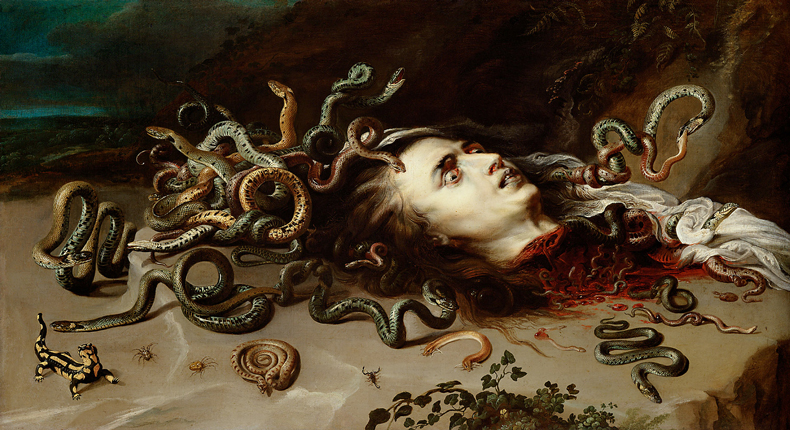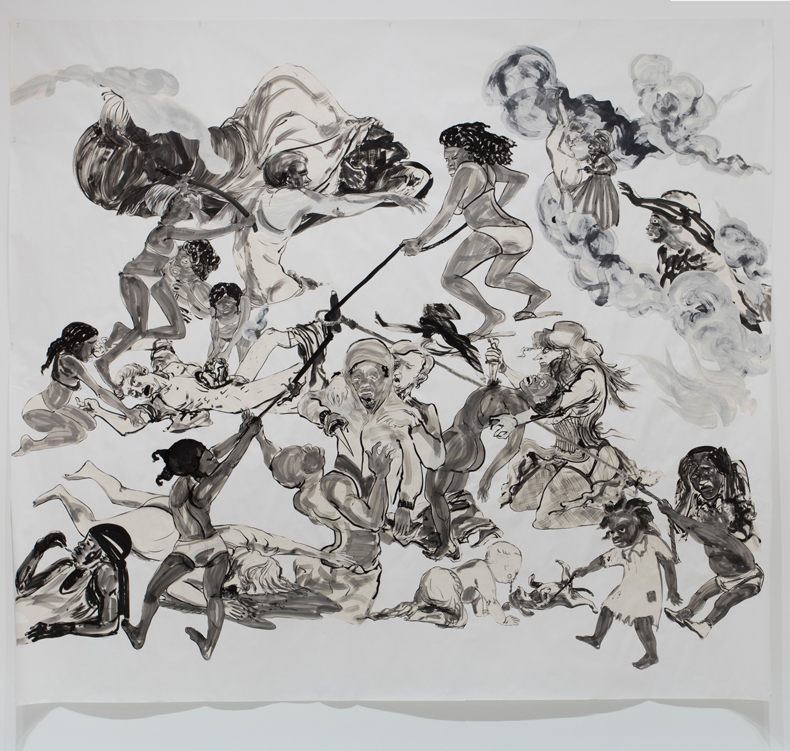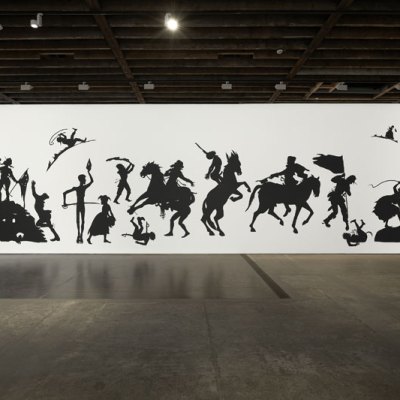

‘Four things to see’ is sponsored by Bloomberg Connects, a free arts and culture platform that provides access to museums, galleries and cultural spaces around the world on demand. Explore now.
Each week we bring you four of the most interesting objects from the world’s museums, galleries and art institutions, hand-picked to mark significant moments in the calendar.
This week marks the anniversary of the death of Peter Paul Rubens (1577–1640), whose mythological paintings turned classical tales into spectacles of flesh, drama and emotion. Like an impresario of the Baroque stage, Rubens rendered gods and monsters with such vividness that they seem to burst from their frames, turning ancient stories into visceral theatre. His muscular, twisting figures – caught in moments of ecstasy, terror or transformation – embodied the era’s fascination with both classical learning and sensual experience.
Beyond functioning as mere illustration, myths have always offered artists a coded language to explore the forbidden, the political and the profound. In Rubens’s time, mythological scenes could disguise political commentary or an interest in the erotic; more recently, artists have invoked ancient narratives to expose contemporary power structures. This week we explore four works that breathe life into classical legends.
Landscape with a Satyr (16th century), Titian. Frick Collection, New York

Landscape with a Satyr (16th century), attributed to Titian
Frick Collection, New York
Sunlight warms this enigmatic pen-and-brown-ink drawing, in which a muscular satyr sits with his wine urn and his goat amid an expansive landscape. Vigorous cross-hatching gives the mythological creature substantial presence, while delicate strokes suggest distant hills and fortress-topped crags. Though the work is traditionally attributed to Titian, some scholars have posited that Domenico Campagnola was a collaborator, if not the sole author. Find out more on the Bloomberg Connects app by clicking here on your mobile device, or by scanning the QR code at the bottom of this page.
Head of Medusa (c. 1613–18), Peter Paul Rubens and Frans Snyders. Gemäldegalerie, Kunsthistorisches Museum, Vienna

Head of Medusa (c. 1613–18), Peter Paul Rubens and Frans Snyders
Kunsthistorisches Museum, Vienna
A severed head stares with bulging, bloodshot eyes, mouth agape in death’s final surprise. Snakes writhe where hair should be, born from dripping blood as Ovid described in the Metamorphoses. This collaboration – Rubens painting the gorgon’s horrific visage, animal specialist Snyders rendering the serpents – embodies the baroque fascination with dramatic spectacle. Beyond the mythological narrative, contemporaries understood this painting as an allegory: reason triumphing over the petrifying powers of vice. Click here to find out more.
Perseus and Andromeda (1891), Frederic Leighton. Walker Art Museum, Liverpool

Perseus and Andromeda (1891), Frederic Leighton
Walker Art Museum, Liverpool
Chained to jagged rocks, Andromeda’s pale, vulnerable form contrasts dramatically with the dark sea monster looming above her. Perseus, bathed in celestial light, hovers on winged Pegasus, his arrow having just pierced the beast. Victorian Gothic sensibilities infuse this classical scene with heightened theatrical tension. Leighton prepared meticulously, even creating a small bronze-plaster sculpture of Andromeda draped in wet fabric to perfect her pose. Click here to read more.
The Pool Party of Sardanapalus (after Delacroix, Kienholz) (2017), Kara Walker. The Museum of Contemporary Art, Los Angeles

The Pool Party of Sardanapalus (after Delacroix, Kienholz) (2017), Kara Walker
Museum of Contemporary Art, Los Angeles
Stark black sumi ink depicts a violent inversion: young Black girls eviscerate a white man while a mammy figure reclines above, a reference to the uncaring Assyrian king in Delacroix’s painting The Death of Sardanapalus (1827). Walker deliberately connects this mythological framework to contemporary racial violence – specifically a 2015 incident where police brutally detained a Black girl at a Texas pool party – to challenge Western myth-making traditions in which people of colour are depicted as animalistic or otherwise inferior, if they appear at all. Click here to discover more.
![]() ‘Four things to see’ is sponsored by Bloomberg Connects, a free arts and culture platform that provides access to museums, galleries and cultural spaces around the world on demand. Explore now.
‘Four things to see’ is sponsored by Bloomberg Connects, a free arts and culture platform that provides access to museums, galleries and cultural spaces around the world on demand. Explore now.


